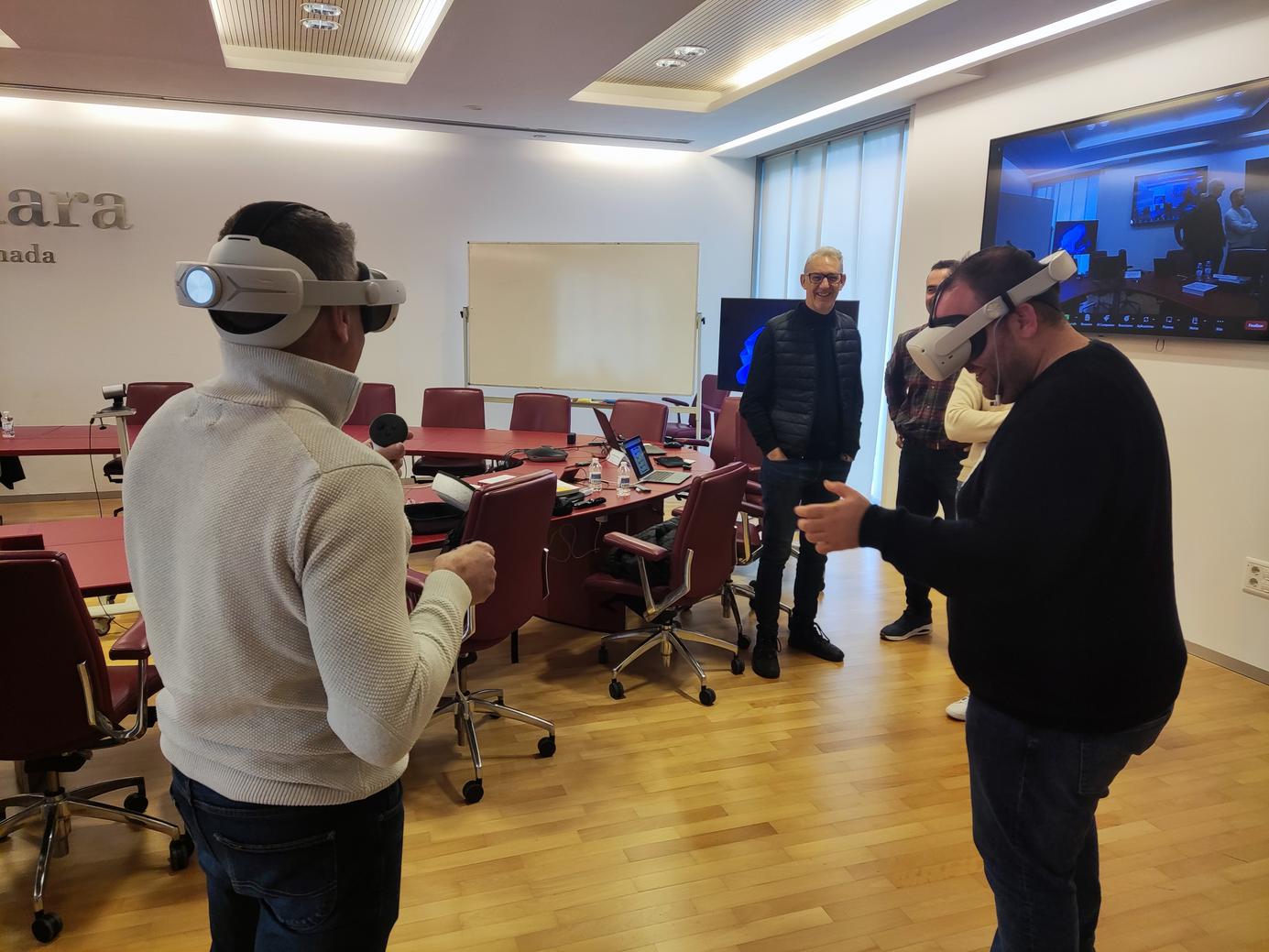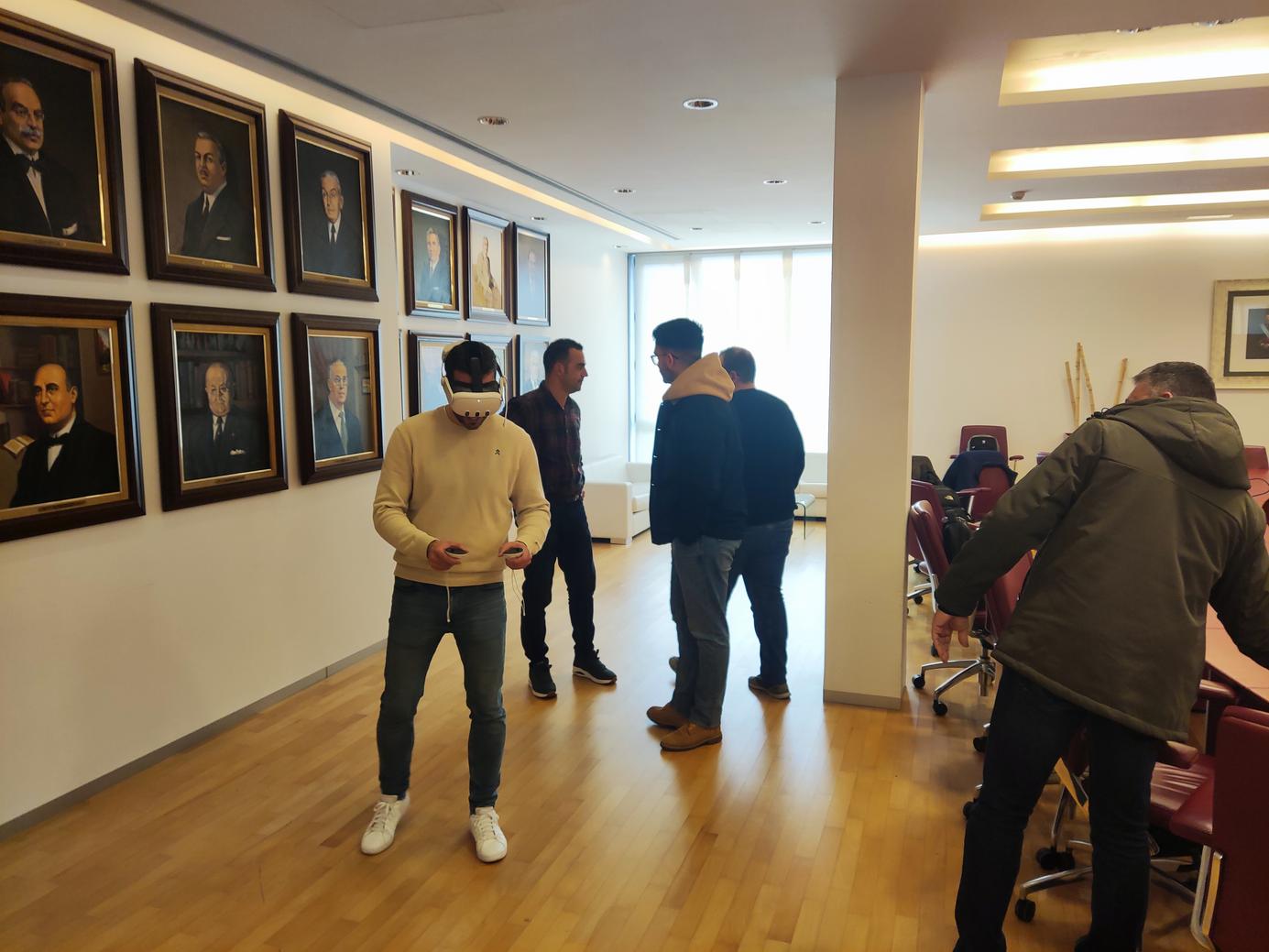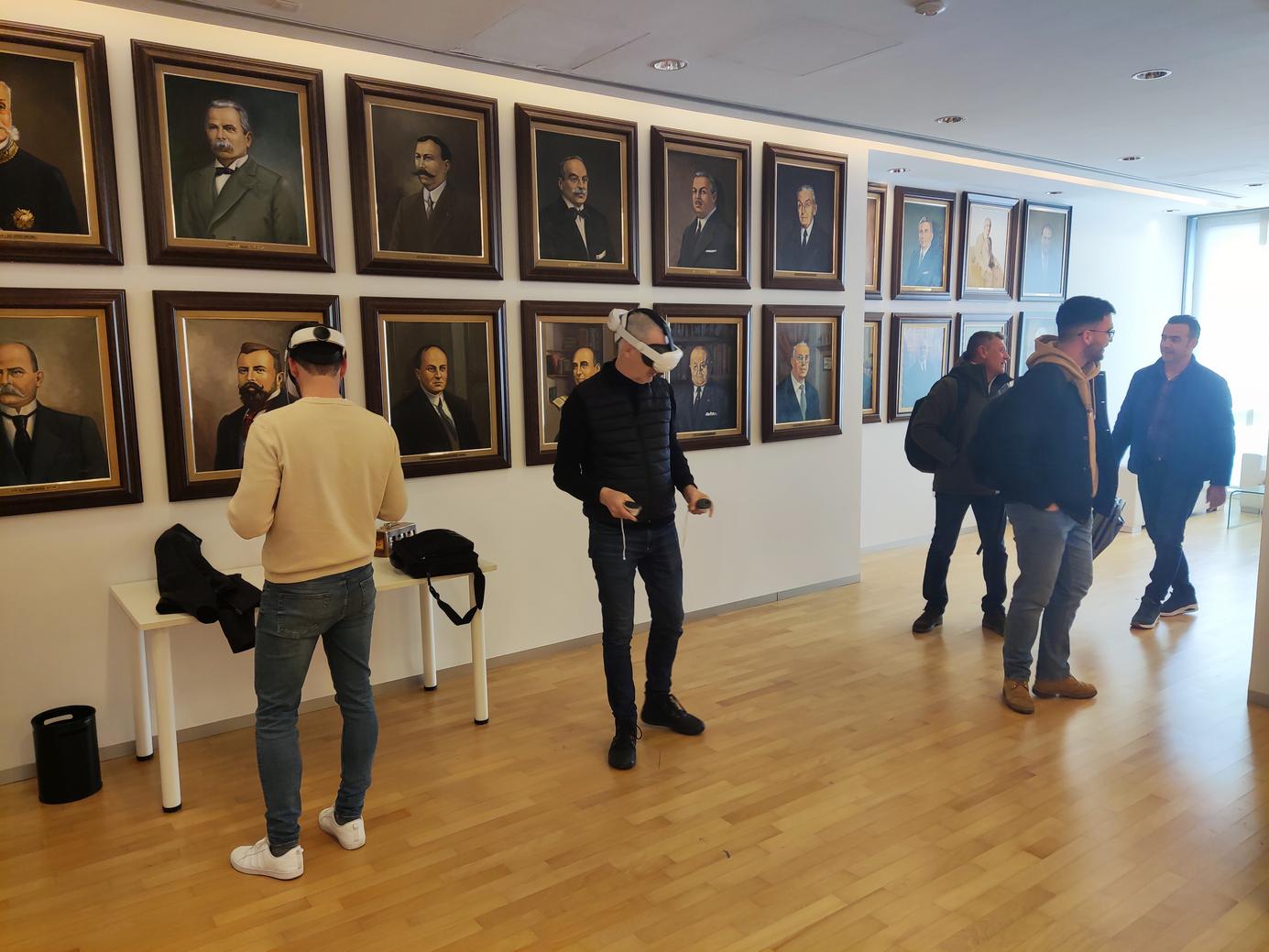Reflections on the Lean Startup Class in the MBA
I have to admit that the classes on Lean Startup are my favorites. It’s been many years since I first came across it and began to put it into practice for my projects.

Customer Development
The session was divided into two classes. The first day was dedicated to introducing Customer Development, the manifesto devised by Steve Blank. This approach puts the customer at the center of business development, seeking to understand their needs and problems before developing the solution.
Value Proposition Canvas
We also explained the Value Proposition Canvas, a tool that helps define and adjust the value proposition of a product or service. The idea is for the product to fit the customer’s needs, not for the customer to fit the product.
Business Canvas Model
On the second day, it was time to show the business canvas model, making a first approach to it for each project. This model is a graphical representation of the different elements that make up a business, which helps to understand how they are related to one another.
Build-Measure-Learn
I taught the key to the Lean methodology: the build-measure-learn cycle. This cycle is the heart of Lean Startup, and allows companies to learn quickly and adapt to market needs.
Validation Tools
As a tool for validation, we saw test cards and learning cards, which help to collect and analyze the results of the tests carried out with customers.
Upcoming Sessions
In the following sessions, they will discover more Design Thinking techniques to meet and find customers and to design a value proposition that leads to product-market fit.
Software Used
Regarding software, we have used an open source alternative to Figma, Penpot, which we have installed on a server so that both students and teachers can access it. For the development of the Business Canvas Models, we used a tool that I developed years ago which even allows making balance estimates based on sales and costs (https://thecanvastool.com).
Introducing the AR/VR
As a culmination of the class, I brought my Meta Quest 2 and Meta Quest 3 so that the students could experience virtual and mixed reality. For the examples in class we used the use case of the Apple Vision Pro, so despite not being the same product, it was interesting to see the changes in features between the Quest 2 and the Quest 3.
As can be seen in the images, the general feeling was in passing.



I’m eager to see how the projects evolve!